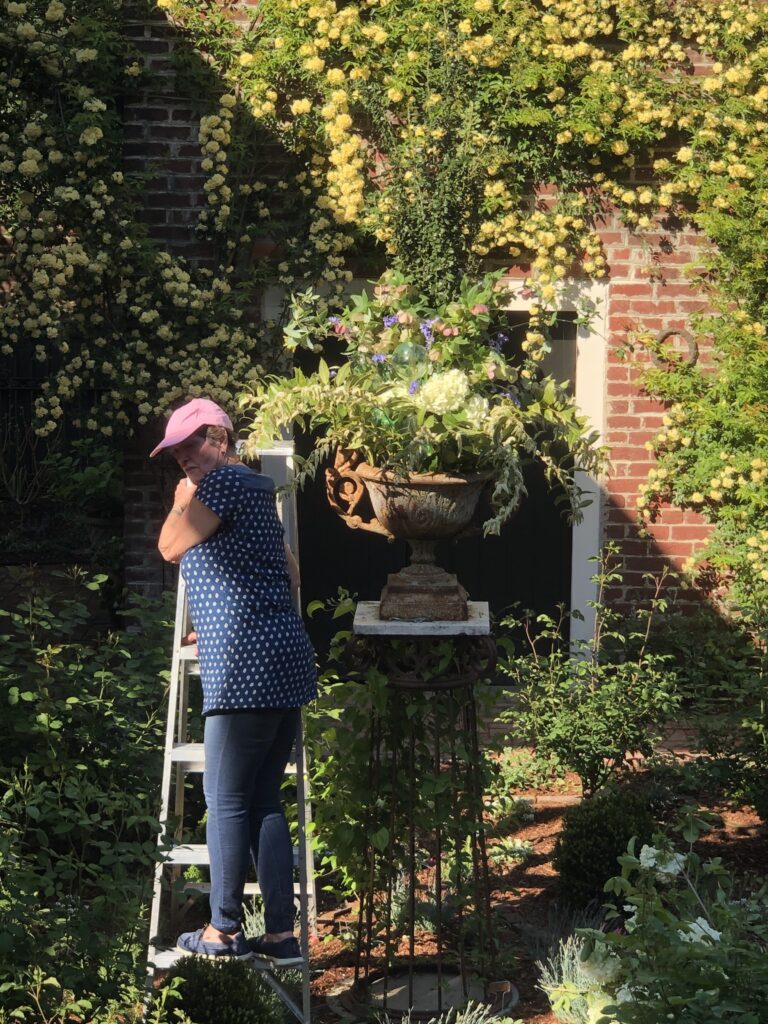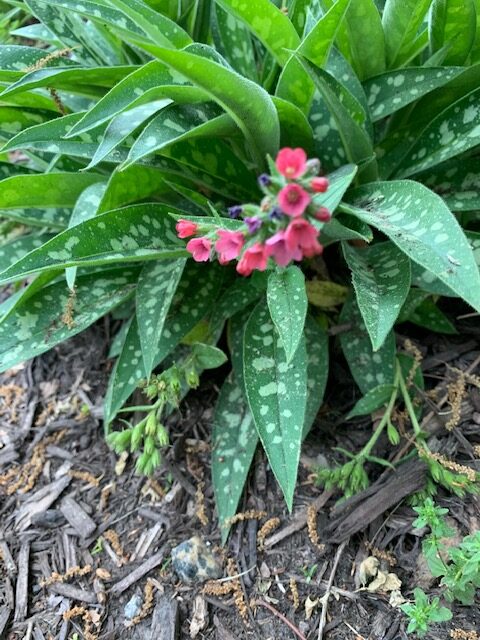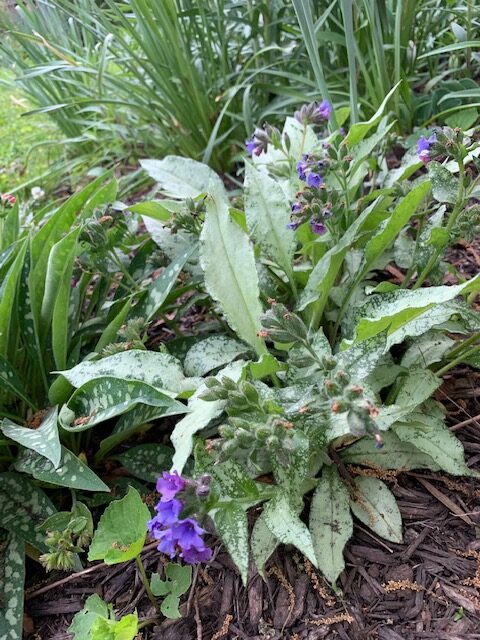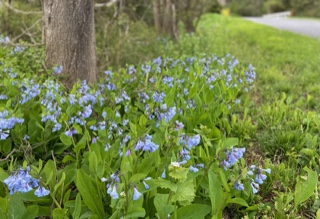Beth H., “I wanted to share this magnificent creation by Brenda Gilman, Ann Vaughan and Carol Owen that graced my back yard during the Historic Garden Week tour. I am always awed by the creativity and generosity of the AGC.”



Beth H., “I wanted to share this magnificent creation by Brenda Gilman, Ann Vaughan and Carol Owen that graced my back yard during the Historic Garden Week tour. I am always awed by the creativity and generosity of the AGC.”



Pulmonarias…..


Bluebells near Lexington, Va. from Cathy D.

“APRIL IS THE CRUELEST MONTH…”
Pal B. from Vermont “Tuesday and Wednesday were 70 degrees. Not so much now….”

“SPRING!!” Cathy D. sends this picture from Lexington, Va.
